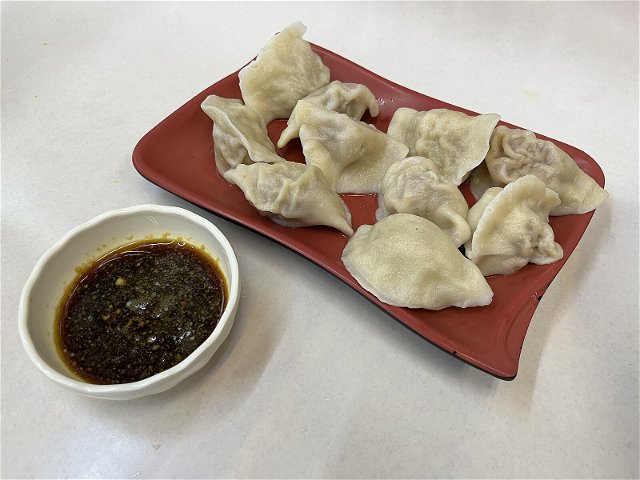The Toxic Fungus That Became a Culinary Superstar

Thousands of years ago, farmers in the Middle East were domesticating wheat and pigs, South Americans were breeding corn and potatoes to be more useful as food, and Asians were domesticating koji mold, the fungus used in fermenting soy sauce and saki. The mold Aspergillus flavus produced deadly toxins that infected grain crops and even milk from animals that ate those grains. Its close cousin Aspergillus oryzae did not, but digested and broke down starches that could then be more easily fermented by yeasts. The two species diverged millions of years ago, and both exist in the wild, but are nearly invisible until they infect grains and can be hard to tell apart. You have to wonder how many people were sickened or even died in the process of developing saki, miso, and soy sauce. That's one thing we'll probably never know.
That brings up another question: how does one domesticate a fungus, anyway? When Aspergillus oryzae began to be deliberately grown for fermentation, there were no microscopes or DNA tests, nor clean labs to prevent contamination. Read about koji mold and how it became the foundation of fermented Asian foods at Knowable magazine. -via Strange Company
(Image credit: Peachyeung316)